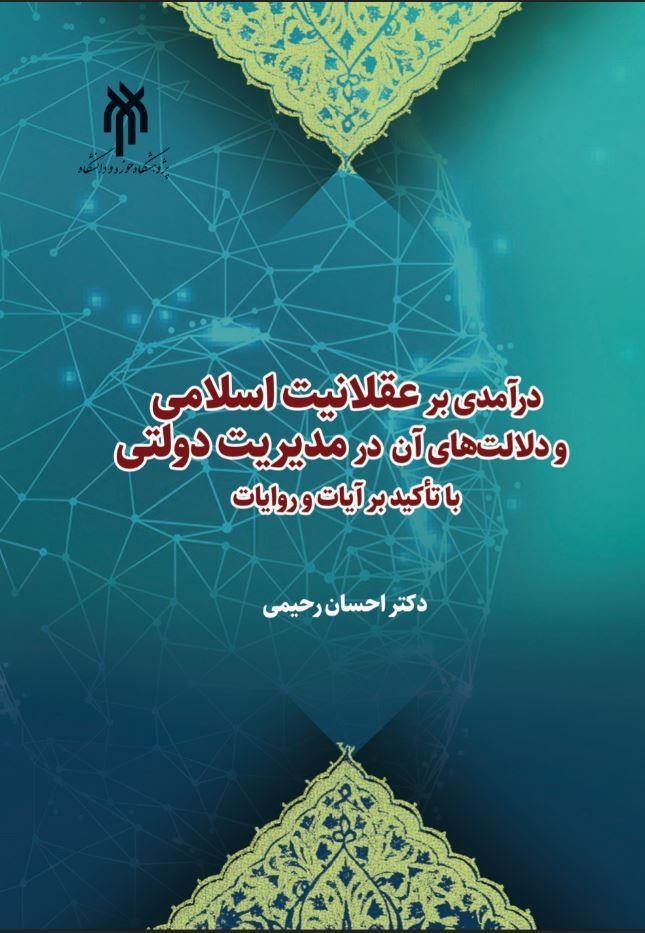



درآمدی بر عقلانیت اسلامی و دلالتهای آن در مدیریت دولتی (با تأکید بر آیات و روایات)
An introduction to Islamic rationality and its implications in public administration (with emphasis on verses and hadiths)
نظامهای سیاسی که حاکمیت خود را با ابزاری به نام دولت اعمال کردهاند، در اداره امور عمومی مملکت خویش رویکرد و راهبردی را در پیش گرفتهاند که مبتنی بر نظریه ای راجع به عقلانیت بوده است. مسئله اصلی این پژوهش، یافتن رویکرد اسلام (آیات قرآن کریم و روایات معصومان(ع) به عقلانیت و دلالتهای آن در مدیریت دولتی اسلامی است. با تحلیل آیات و روایات، حاصل شد که عقلانیت اسلامی دارای سه بُعد اصلی است: زمینهها، پیامدها و ساحتهای عقلانیت (شامل سه ساحت «اندیشهها، بینشها و نگرشها»؛ «گرایشها و انگیزهها و منشها»؛ «اعمال و رفتارها»). در هر سه ساحت، حداقل عقلانیت، به ترتیب بر محورهای "تمییز" ، "اعتدال" و "عدالت" و غایت عقلانیت نیز به ترتیب، گرایش به "توحید" و "تعالی" و "احسان" بود. در نهایت با تحلیل شبکه مضامین حاصله، سهم یاریهای عقلانیت اسلامی برای مدیریت دولتی در ابعاد مذکور ارائه شد.
Ehsan Rahimi, Ph.D.
The political systems that have exercised their sovereignty with a tool called the government, have taken an approach and strategy in managing the public affairs of their country that was based on a theory about rationality. The main problem of this research is to find the approach of Islam (the verses of the Holy Quran and the traditions of the Prophets) to rationality and its implications to Islamic public administration. By analyzing the verses and traditions, it was found that Islamic rationality has 3 main dimensions: contexts, consequences and areas of rationality (including three areas of "thoughts, insights and attitudes"-"tendencies and motivations"). and character" - "actions and behaviors"). In all three areas, the minimum rationality was based on the axes of "discernment", "moderation" and "justice", respectively, and the ultimate rationality was the tendency to "monotheism", "excellence" and "benevolence", respectively. Finally, by analyzing the resulting network of themes, the contributions of Islamic rationality to public administration in the mentioned dimensions were presented
